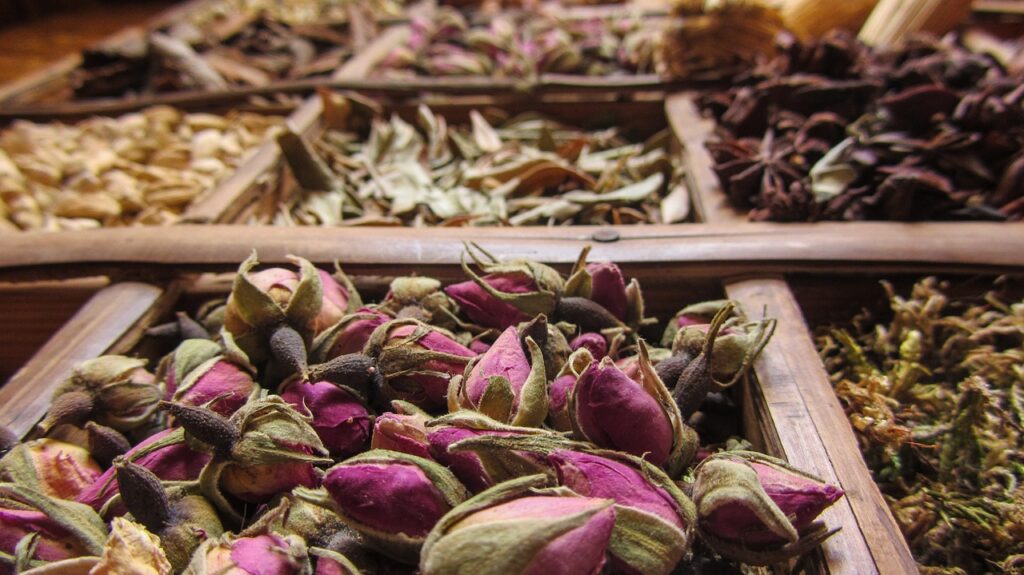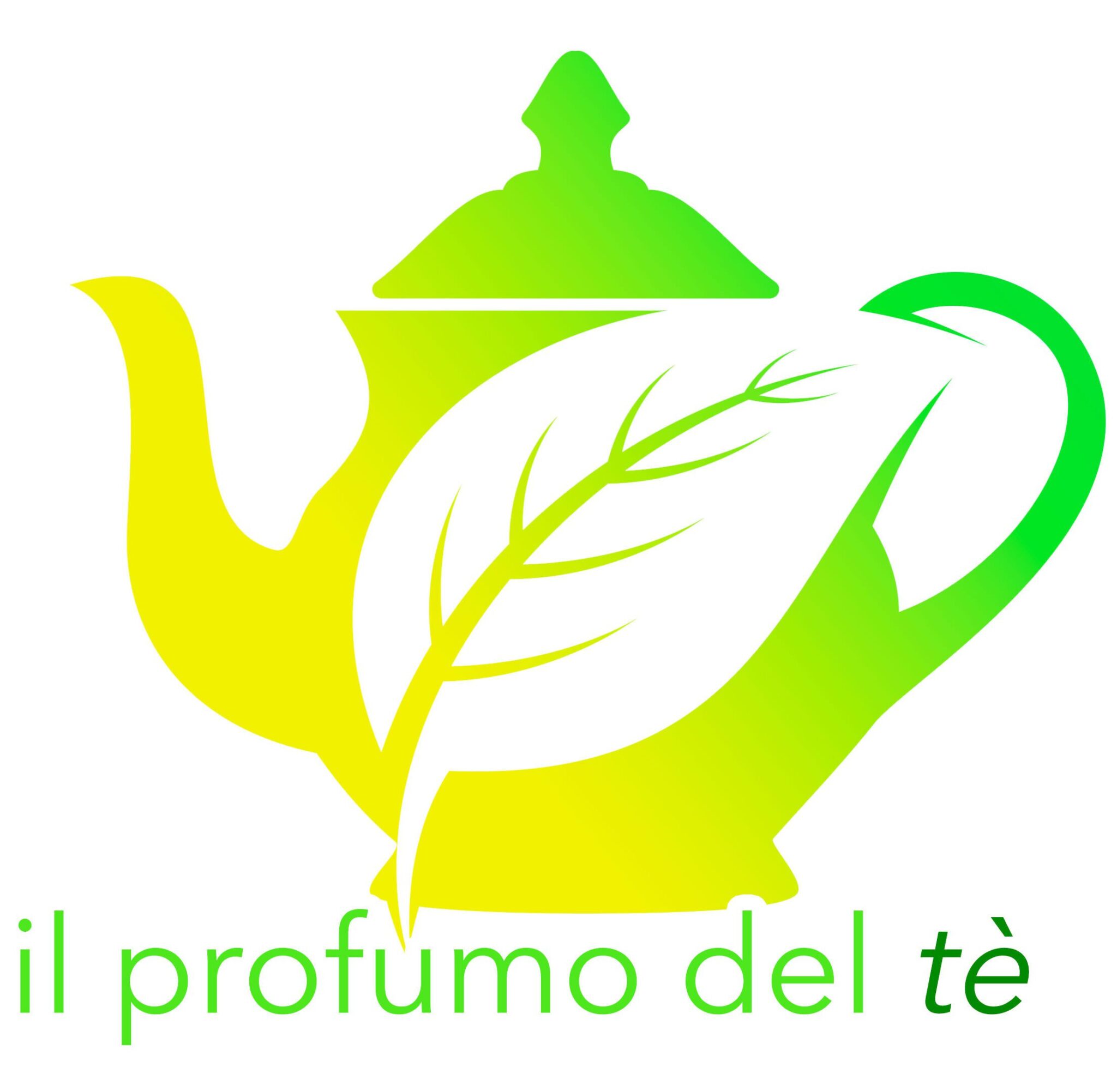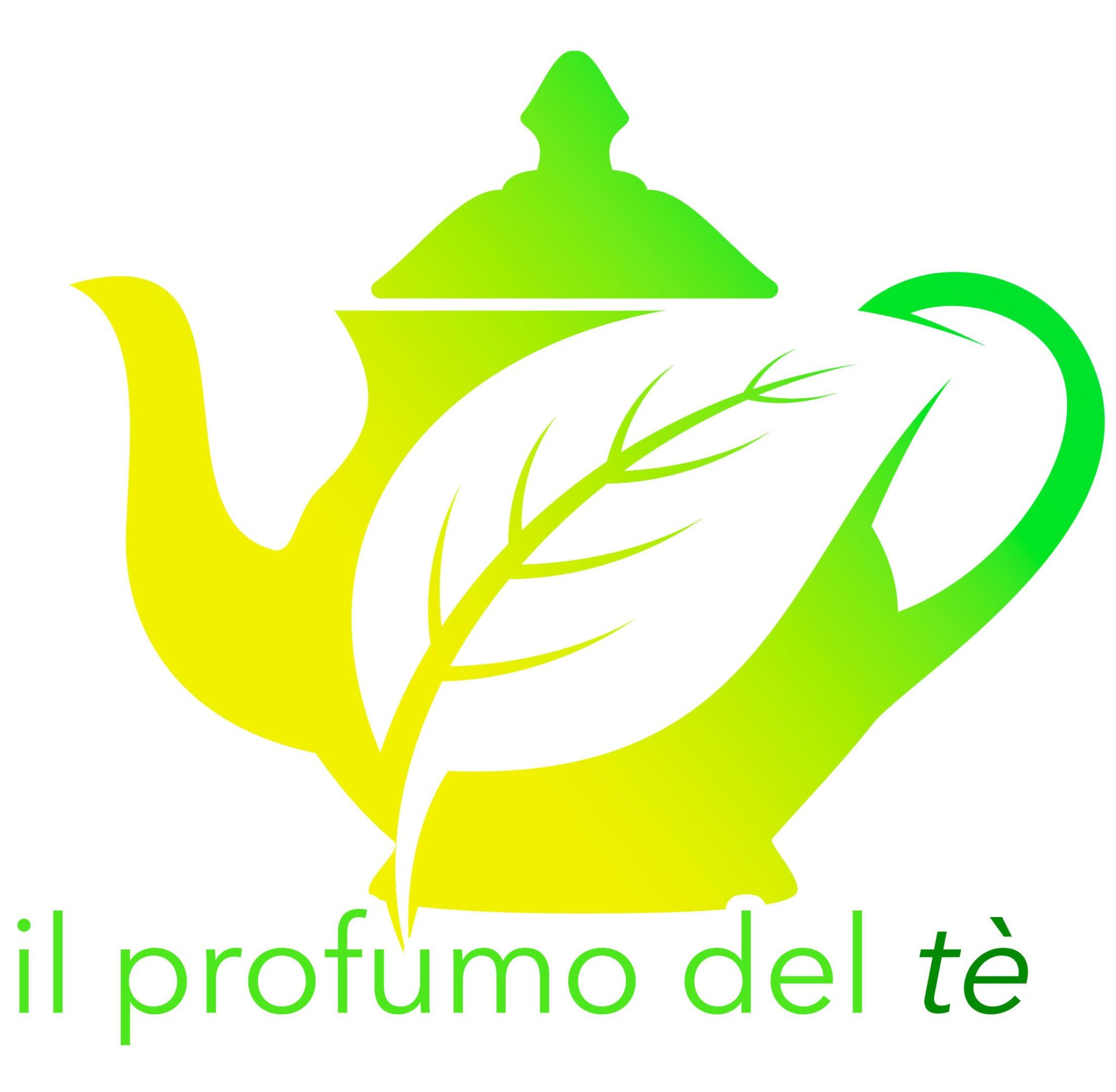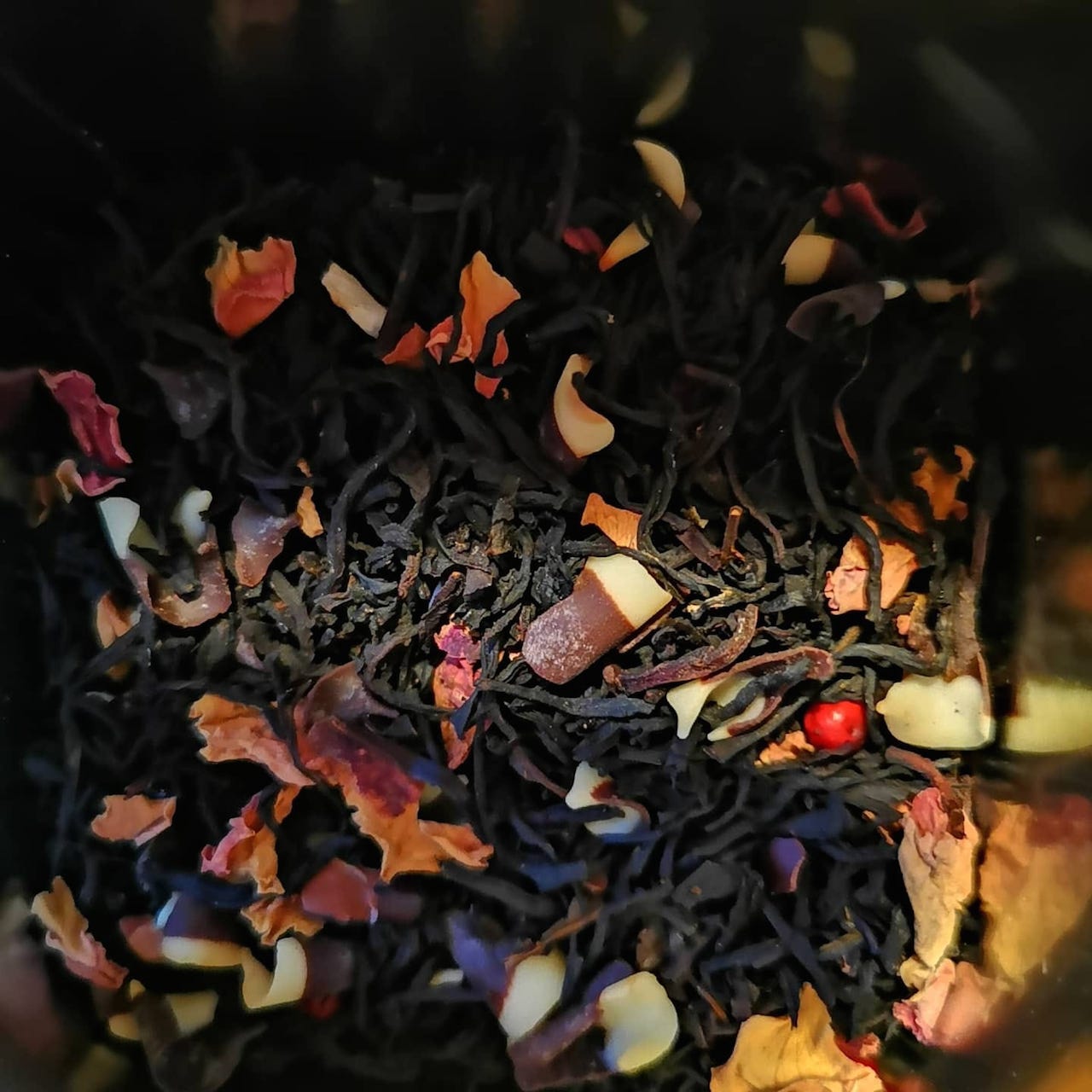I tè aromatizzati vengono realizzati dai Tea Blenders che mescolano più tipologie di tè a fiori, frutta o spezie per regalarci un profumo e un sapore unico.
Come i “nasi” profumieri che sanno scegliere le giuste note olfattive per creare un profumo e l’accordo perfetto, così sa fare il Tea Blender regalandoci emozioni e ricordi.
Le note olfattive di cui abbiamo parlato appartengono a varie famiglie:
AGRUMATA o ESPERIDATA
AROMATICA
FIORITA
LEGNOSA
ORIENTALE
FRUTTATA
MUSCHIATA
CUOIO
Vediamo ora alcune delle note più utilizzate nelle varie tipologie di tè e che potremmo percepire durante una degustazione.
I fiori di arancio vengono utilizzati spesso nelle miscele di tè neri e hanno proprietà rilassanti.
La fresia tra le note floreali la troviamo abbinata alle rare miscele dei bianchi.
La gardenia, altra nota floreale, è percepibile nei wulong e ha proprietà calmanti e rinfrescanti. Anche l’osmanto viene utilizzato nella lavorazione dei wulong.
La lavanda e la violetta abbinate ai tè bianchi delicati donano una sensazione di relax aiutando a conciliare il sonno per le loro proprietà legate al riposo.
Anche la mimosa può essere abbinata a tisane per un effetto rigenerante.
I petali o i boccioli di rosa vengono utilizzati spesso nelle miscele di tè aromatizzati o profumati per il loro effetto anti-stress e riequilibrante.
Nel tè turco viene usato il tiglio per i suoi benefici erboristici e curativi e come regolatore dell’umore.
La ciliegia invece viene spesso usata per aromatizzare i verdi giapponesi come il sencha.
Le note balsamiche come l’eucalipto le troviamo nelle miscele del rooibos che è privo di teina, ideale come tisana serale con effetto antisettico.
Il fico invece nelle miscele di tè verdi fruttati, da gustare anche freddo in estate per il suo carattere particolarmente fresco.
Il lemongrass con la sua nota inconfondibile di limone è un altro di quei tè verdi che possiamo bere sia caldo che freddo in qualsiasi momento dell’anno.
Anche il mandarino come altre note agrumate è spesso miscelato ai verdi o neri.
Tra le note di fondo, come quelle di frutta secca, possono essere percepite in varie tipologie di tè e non unicamente per aromatizzazione ma anche a seconda del terreno dove il tè è stato coltivato.
Non dimentichiamo la menta, altra nota balsamica che in Marocco viene utilizzata abbinata al gunpowder per preparare il tipico tè marocchino.
Il famoso tè alla pesca è spesso nero, ma può essere bevuto anche a freddo per il suo carattere rinfrescante.
La vaniglia così come il cioccolato, vengono spesso utilizzati per miscelare i tè neri e dargli un effetto gourmant.
Nei puerh le note terrose, animaliche o di cuoio si sentono sia dal terreno di coltivazione sia dall’invecchiamento a cui vengono sottoposte le torte e i panetti in luoghi umidi.
Tutte queste note olfattive in profumeria possono essere percepite in un ambiente, addosso o su di una mouillettes, mentre per il tè è necessario annusare le foglie prima e dopo infusione, così come odorare il liquore del tè prima della degustazione.
Quando si procede alla degustazione vera e propria continueremo a percepirle al palato e se si tratta di un tè a infusioni multiple di volta in volta percepiremo le note olfattive sprigionate.
Ricordiamo la correlazione tra note olfattive e memoria, ovvero la capacità del nostro cervello di ricordare un odore legato a un ricordo o a un’emozione. Come in profumeria, la stessa sensazione l’avremo nella degustazione in tutte le sue fasi.

Tè aromatizzato al cioccolato – Photo@Veru
Flavored Teas

Flavored teas are made by Tea Blenders who mix different types of tea with flowers, fruit or spices to give us a unique scent and flavor.
Like the “noses” perfumers who know how to choose the right olfactory notes to create a perfume and the perfect accord, so can Tea blender, giving us emotions and memories.
The olfactory notes we have talked about belong to various families:
CITRUS or EXPERIENCED
AROMATIC
FLOWERED
WOODY
ORIENTAL
FRUITY
MUSK
LEATHER
Let’s now see some of the notes most used in the various types of tea and that we could perceive during a tasting.
Orange blossom is often used in black tea blends and has relaxing properties.
Freesia among the floral notes is combined with rare blends of white teas.
Gardenia, another floral note, is perceptible in the wulong teas of which we have and has calming and refreshing properties. Osmanthus is also used in the processing of wulong tea.
Lavender and violet combined with delicate white teas give a feeling of relaxation by helping to reconcile sleep thanks to their properties related to rest.
Mimosa can also be combined with tea and herbal teas for a regenerating effect.
Rose petals or buds are often used in flavored or scented tea blends for their stress-relieving and balancing effect.
Linden is used in Turkish tea for its herbal and healing benefits and as a mood regulator.
Cherry, on the other hand, is often used to flavor Japanese green teas such as sencha.
Balsamic notes such as eucalyptus can be found in the blends of rooibos which is theine-free, ideal as an evening herbal tea with an antiseptic effect.
Fig indeed in fruity green tea blends, which can also be enjoyed cold in summer due to its particularly fresh character.
Lemongrass tea with its unmistakable lemon note is another of those green teas that we can drink both hot and cold at any time of the year.
Mandarin like other citrus notes is also often blended with green or black teas.
Among the base notes, such as those of dried fruit, they can be perceived in various types of tea and not only for flavoring but also depending on the soil where the tea was grown.
Let’s not forget mint, another balsamic note that in Morocco is used combined with gunpowder to prepare the typical Moroccan tea.
The famous peach tea is often black, but can also be drunk cold due to its refreshing character.
Vanilla as well as chocolate are often used to blend black teas and give them a gourmant effect.
In the puerh, the earthy, animalic or leathery notes are felt both from the cultivation soil and from the aging to which cakes and loaves are subjected in humid places.
All these olfactory notes in perfumery can be perceived in an environment, on or on a mouillette, while for tea it is necessary to smell the leaves before and after infusion, as well as smell the tea liqueur before tasting.
When we proceed to the actual tasting we will continue to perceive them on the palate and if it is a tea with multiple infusions from time to time we will perceive the olfactory notes released.
We remember the correlation between olfactory notes and memory, or the ability of our brain to remember a smell linked to a memory or an emotion. As in perfumery, we will have the same feeling in tasting in all its phases.

Sono molte le note fruttate, fiorite e speziate che possono essere inserite nei tè aromatizzati.



No responses yet